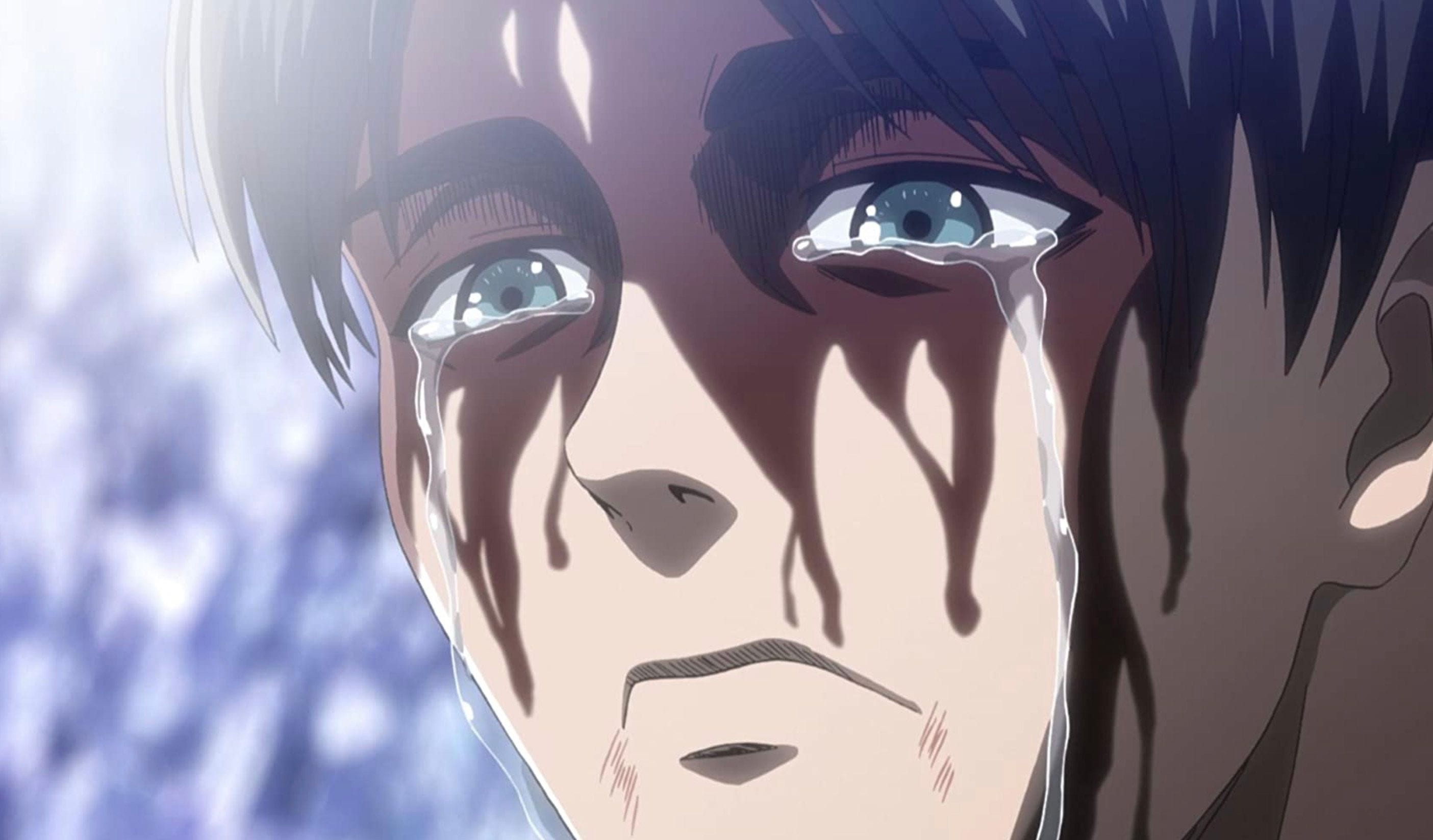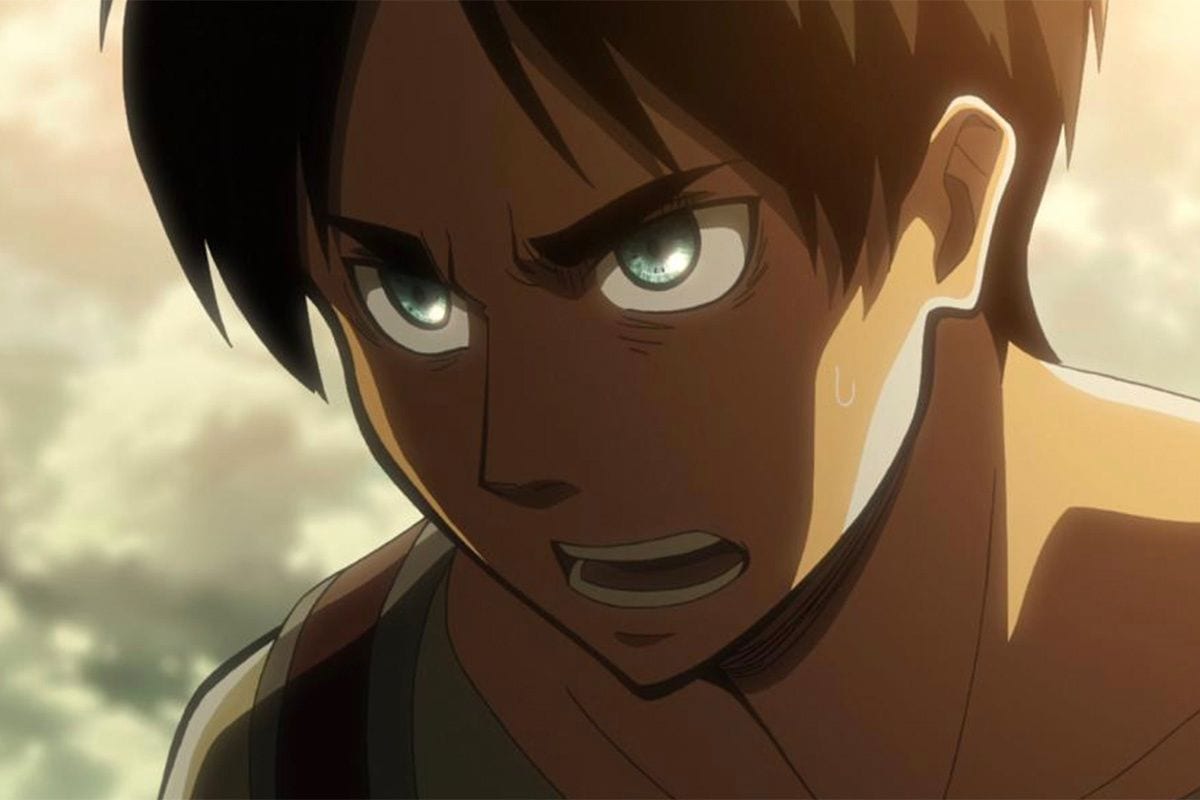All living organisms must feed on other living organisms to survive. This disturbing thought, which seems to suggest that the world we live in is an inherently cruel place, dawned on comic book artist Hajime Isayama when he was just a kid growing up in the countryside of Ōita Prefecture, Japan. Unlike so many of the powerful but problematic ideas which cement themselves into the impressionable minds of children, only to be abandoned with advancing age, this one stuck around. Indeed, not only did Isayama refuse to let it go, he even made it the foundation of his very first manga.
Inexplicable Origins
Chapter one of Shingeki no Kyojin debuted in Kodansha‘s Bessatsu Shōnen Magazine on 9 September 2009. Better known around the globe as Attack on Titan (Shingeki no kyojin), it tells of a world in which humanity resides behind a series of three enormous walls that protect it from giant, naked, man-eating humanoids called Titans. One fateful day, when the outermost wall is mysteriously breached and a nearby town is overrun, a boy named Eren Yeager can do nothing but watch as his mother is devoured by one of the invading behemoths.
After joining a sea of refugees past the middle wall, the traumatized youth decides to join the army in order to avenge his mother’s death and retake their lost home. On the campaign, he learns that a young man he befriended during military training was responsible for the breach. Bent on killing his former ally, Eren follows him past the walls, where he discovers that the real world is nothing like he ever imagined.

Without any or all prior experience, Isayama had a tough time finding a publisher who would take on his work. Editors across the board were impressed with the originality of his premise, but disheartened by the admittedly rather poor quality of his drawings. Fortunately for Kodansha, their blind faith in then 23-year-old’s developing talents ultimately paid off. By 2013,
Attack on Titan was selling almost 16 million copies per year, making it the second best-selling manga in the country at the time. That same year, production company WIT Studio released an anime adaptation that, thanks to the leadership of Death Note director Tetsuro Araki and international distributors like Netflix and Crunchyroll, turned into a global pop culture phenomenon – a title which the series has maintained ever since.
Over the years, fans and critics alike have speculated extensively on the possible reasons behind Isayama’s explosive and, in many ways, unprecedented success, and the theories they brought forth range widely, from the series having spun a clever twist on the now-oversaturated but onetime feverishly popular dystopian fiction and zombie apocalypse genres, to the artist’s supposedly unique ability, according to one sure
journalist, to capture “the hopelessness felt by young people” in modern society.
Yet by far the most interesting—and sinister—of these hypotheses, which has only gained in prominence as Attack on Titan approaches its final issue, can be traced back to the very moment of the story’s inception. That is, the idea that our world is, fundamentally, cruel.

- Attack on Titan 1 (9781612620244): Hajime Isayama ... - Amazon.com
- Attack on Titan: Colossal Edition 1 (0884937702974 ... - Amazon.com
- Hajime Isayama
- Hajime Isayama - IMDb
- Hajime Isayama (@hajime_isayama) | Twitter
- Hajime Isayama | Attack on Titan Wiki | Fandom
- Watch Hajime Isayama draw Levi from Attack on Titan (2017 ...
- 14 Things To Know About Attack on Titan Creator Hajime Isayama ...
- Manga artist Hajime Isayama reveals his inspiration - BBC News ...
- Hajime Isayama - Wikipedia

